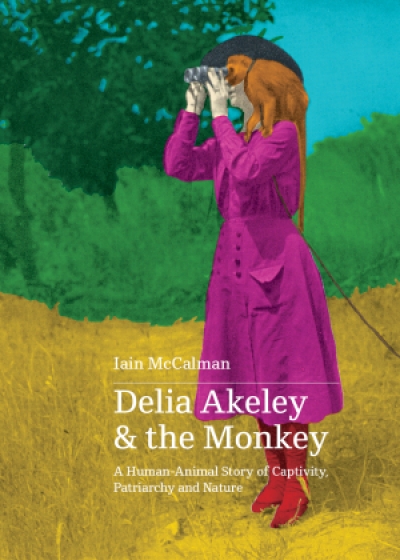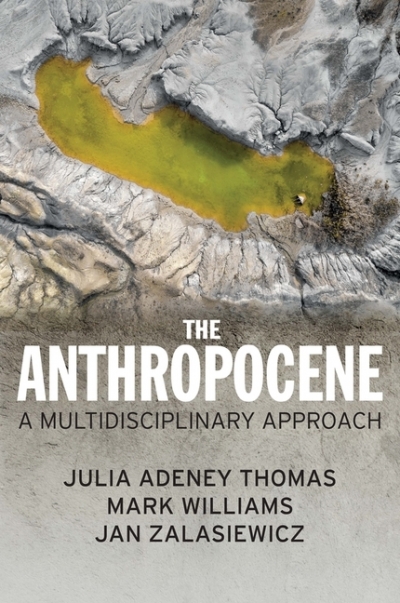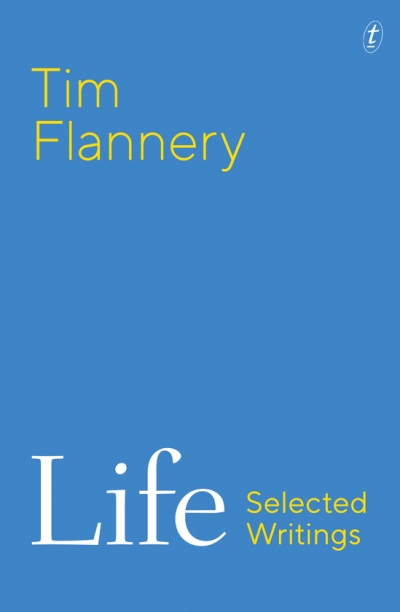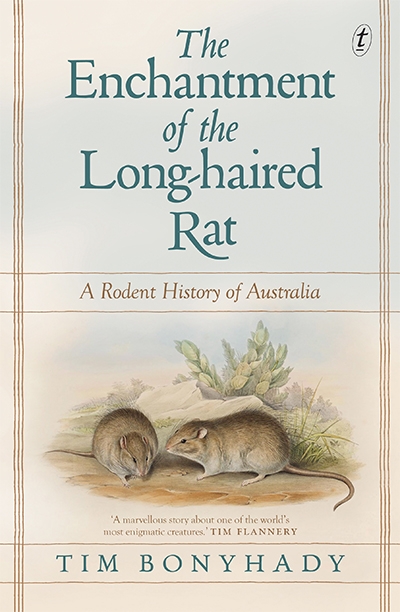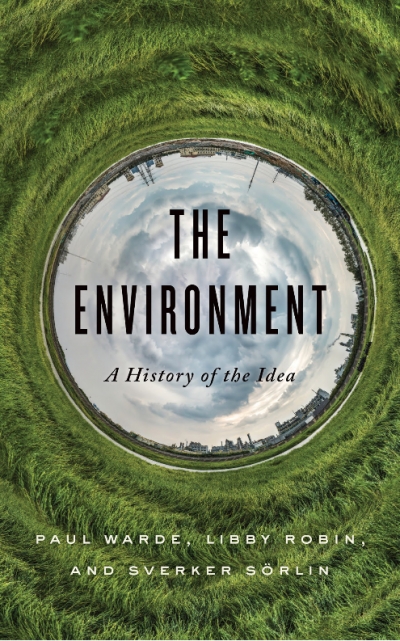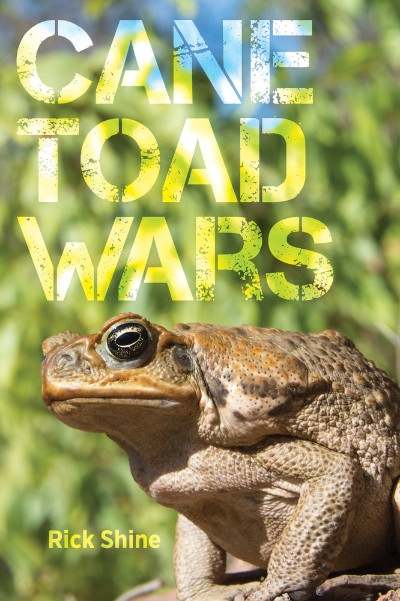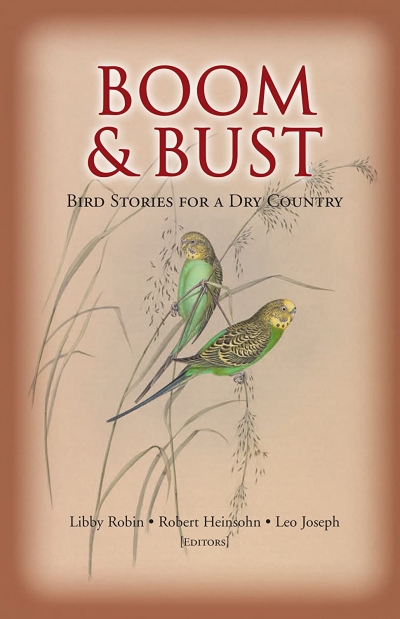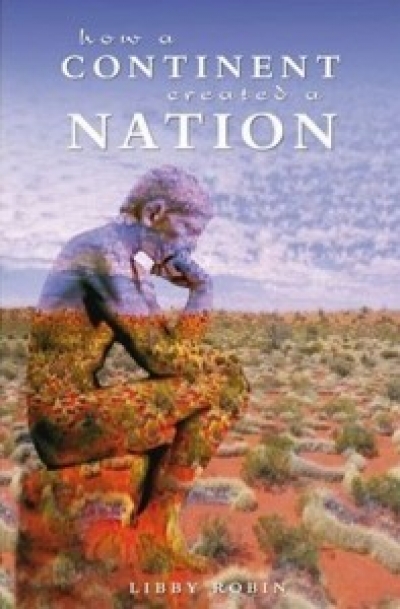Libby Robin
Delia Akeley and the Monkey: A human-animal story of captivity, patriarchy and nature by Iain McCalman
by Libby Robin •
The Anthropocene by Julia Adeney Thomas, Mark Williams, and Jan Zalasiewicz & Diary of a Young Naturalist by Dara McAnulty
by Libby Robin •
The Enchantment of the Long-haired Rat: A rodent history of Australia by Tim Bonyhady
by Libby Robin •
The Environment: A History of the Idea by Paul Warde, Libby Robin, and Sverker Sörlin
by James Dunk •
Desert Channels: The Impulse to Conserve by Libby Robin, Chris Dickman, and Mandy Martin
by Kim Mahood •
Boom & Bust: Bird stories for a dry country edited by Libby Robin, Robert Heinsohn and Leo Joseph
by Peter Menkhorst •
The Ice and the Inland by Brigid Hains & Australia’s Flying Doctors by Roger McDonald and Richard Woldendorp
by Libby Robin •

